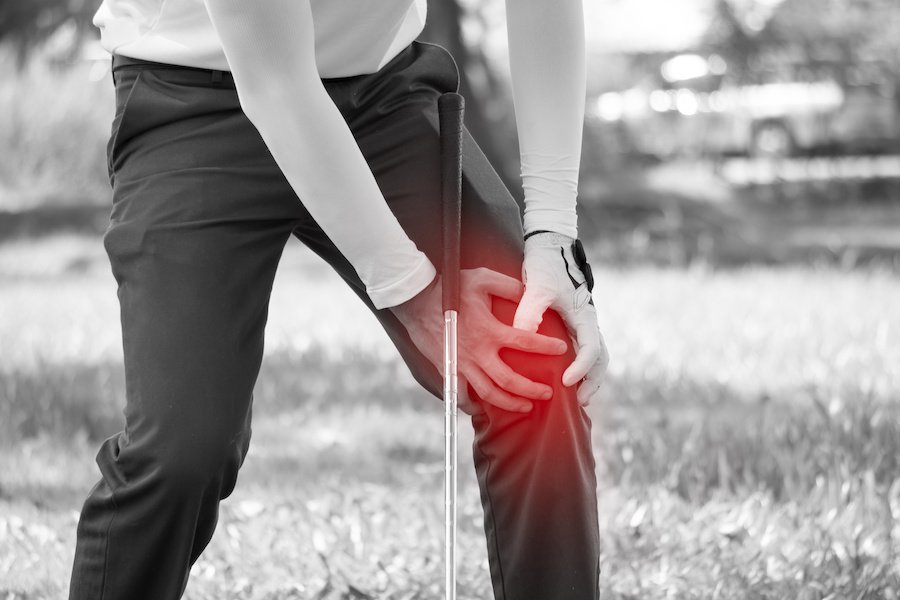Despite the perception that golf is a low-impact sport, there is a significant incidence of golf-related injuries. A British Journal of Sports Medicine study that looked at injury data from over 500 professional golfers (mostly club pros and instructors at courses) discovered that 66% of them had sustained an injury during their professional career, and 31% had suffered a golf-related injury in the previous year.
The study also found that men are 2.5 times more likely than women to suffer a lower back injury. With these findings in mind, we will discuss the most common golf injuries in this article. You can also learn about the types of injuries and symptoms to look out for, as well as prevention and treatment tips, by reading on. If you’d like to learn more about your own swing, we do offer the Titlist Assessment for Golfers. Common Back Golf Injuries
The most common injury sustained from golfing is generally agreed to be back pain. A 2016 academic review found that lower back and spine injuries were the “greatest overall occurrence” among golfers, affecting 18.3 to 36.4 percent of amateur golfers. The repetitive motions of the sport can lead to strains, inflammation, and more serious injuries over time. In addition to the lower back, the upper and middle back can also sustain injuries from golfing. The following is a breakdown of common back injuries caused by golfing and their symptoms:
Dysfunction of the Sacroiliac Joint: The SI joint aids in the transfer of force from the upper to the lower body. The impact of a golf club’s downswing movement is the main cause of injuries to the SI joint. Sharp pain in the legs, pelvic burning, and lower back pain are important symptoms to be aware of with this injury.
Herniated Discs: Intervertebral discs act as shock absorbers in between the spine’s vertebrae. The inner, soft center of the disc pushes out of its outer layer to cause a herniated disc. The intensity of the symptoms can vary, from dull pain to excruciating pain and numbness.


